UEFI Firmware Settings play a crucial role in bridging your computer's hardware with its operating system, offering advanced features beyond the traditional BIOS system. If you're unable to access these settings on your Windows 11 PC, there are several methods you can try to resolve the issue.
Disable Fast Startup in Windows 11
Fast Startup can sometimes skip the UEFI settings during the boot process, making them inaccessible. Disabling this feature may help you regain access.
Step 1: Open the Control Panel by searching for it in the Start menu.
Step 2: In the Control Panel, click on 'Hardware and Sound', then select 'Power Options'.
Step 3: On the left sidebar, click 'Choose what the power buttons do'.
Step 4: Click on 'Change settings that are currently unavailable' at the top.
Step 5: Under 'Shutdown settings', uncheck the box next to 'Turn on fast startup (recommended)'.
Step 6: Click 'Save changes' at the bottom and restart your computer.

Verify if Your PC's Motherboard Supports UEFI
It's important to check whether your motherboard supports UEFI, as older systems may only support BIOS. Here's how you can confirm:
Step 1: Press Windows+R to open the Run dialog box. Type msinfo32 and press Enter to open the System Information utility.
Step 2: In the System Information window, select 'System Summary' from the left pane.
Step 3: Scroll down to find 'BIOS Mode' in the right pane. If it shows 'UEFI', your system supports UEFI. If it shows 'Legacy', your motherboard uses the older BIOS mode.
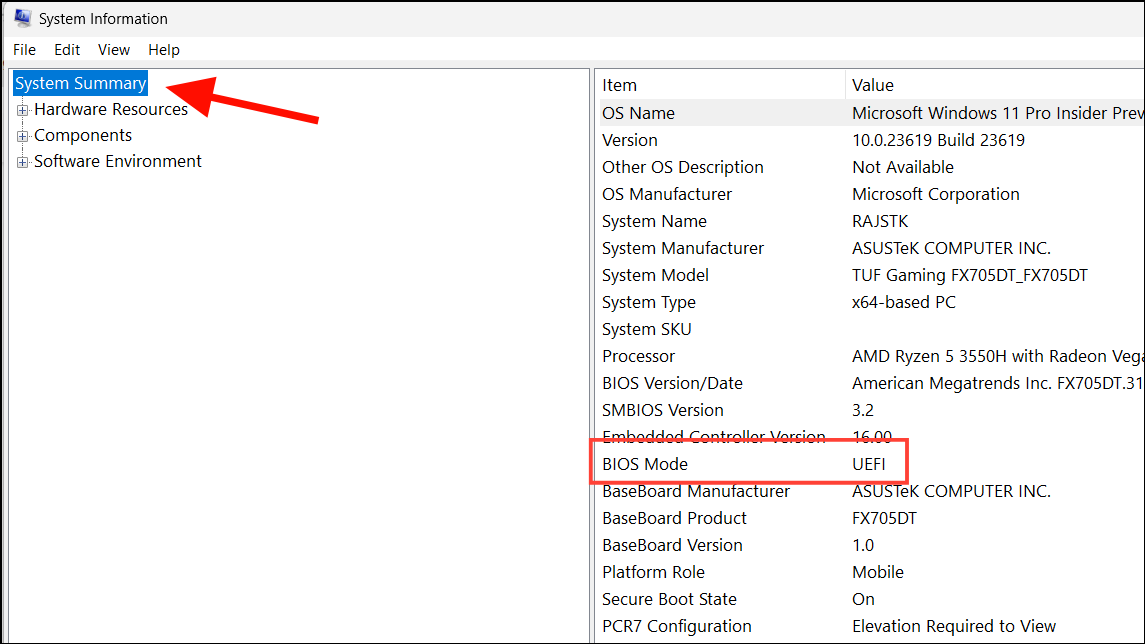
Creating a Boot to UEFI Firmware Shortcut
If accessing UEFI settings through traditional methods isn't working, you can create a shortcut that will reboot your computer directly into the UEFI menu.
Step 1: Right-click on an empty space on your desktop, select 'New', and then click on 'Shortcut'.

Step 2: In the 'Create Shortcut' window, enter shutdown /r /fw in the 'Type the location of the item' field and click 'Next'.
Step 3: Give your shortcut a name, such as 'Boot to UEFI', and click 'Finish'.
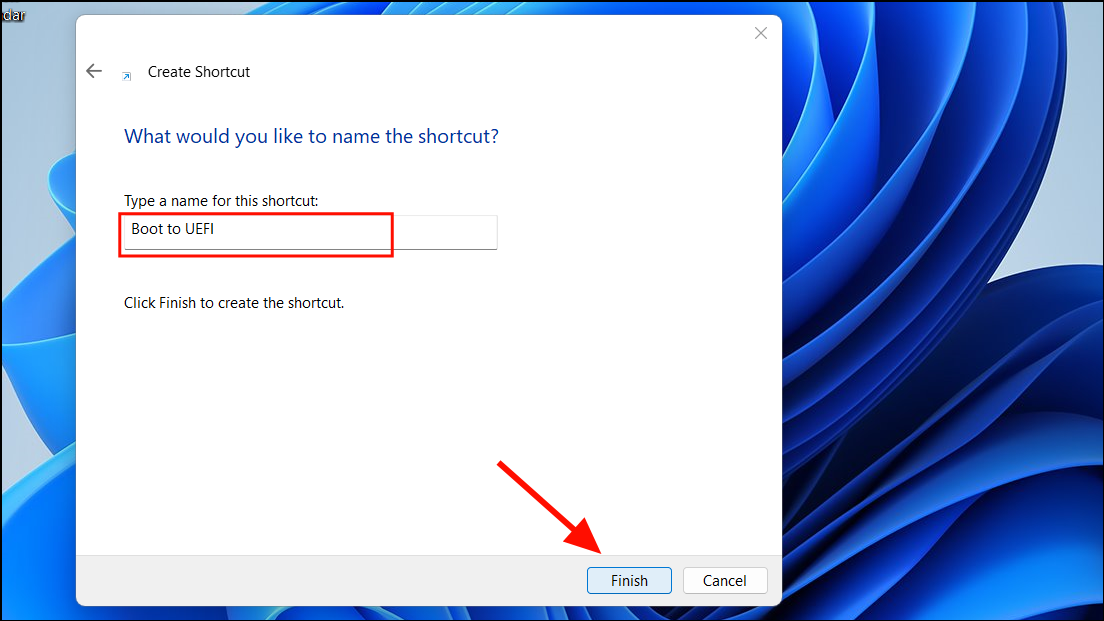
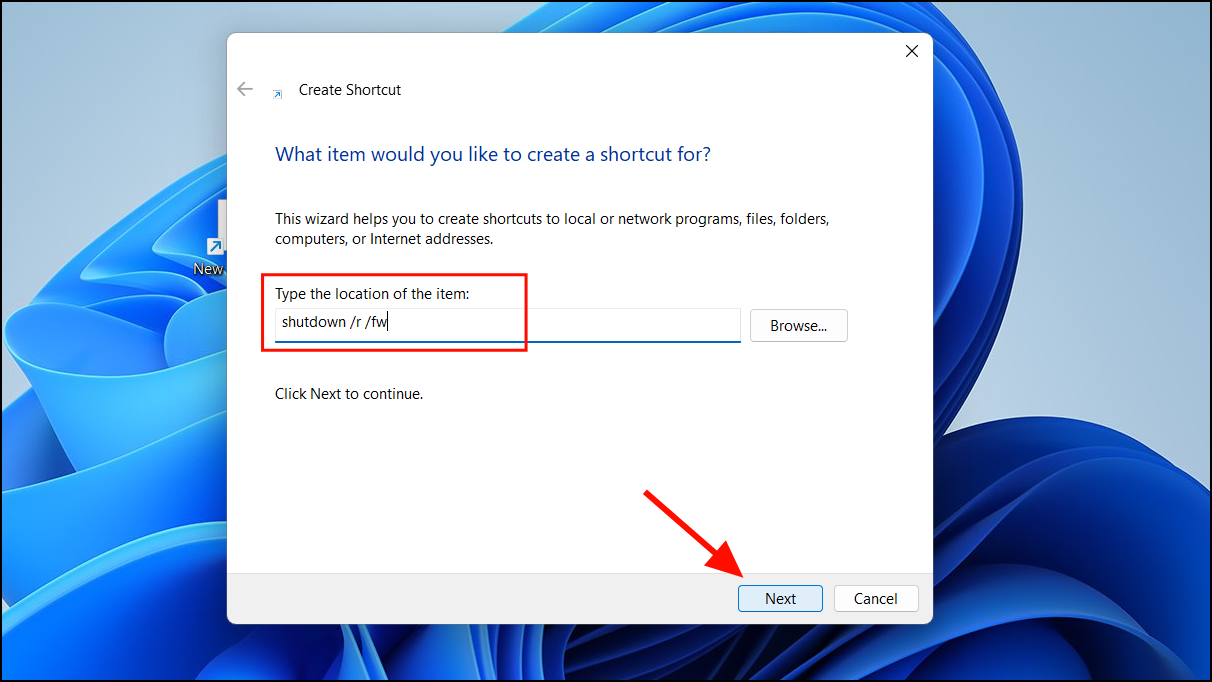
Step 4: Right-click the new shortcut and select 'Properties'.
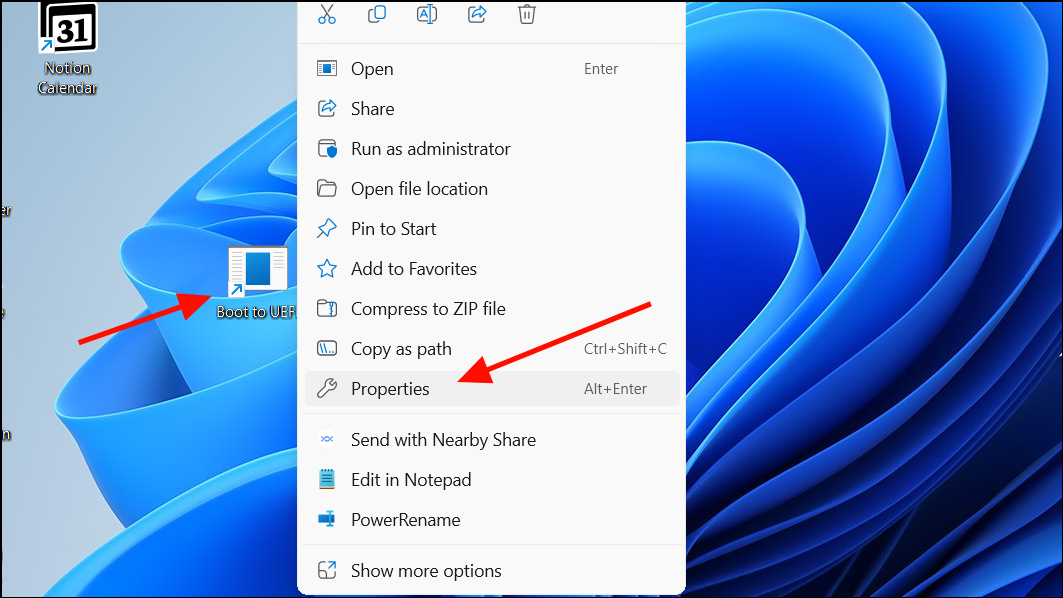
Step 5: In the 'Shortcut' tab, click on the 'Advanced' button.

Step 6: Check the box next to 'Run as administrator' and click 'OK'.
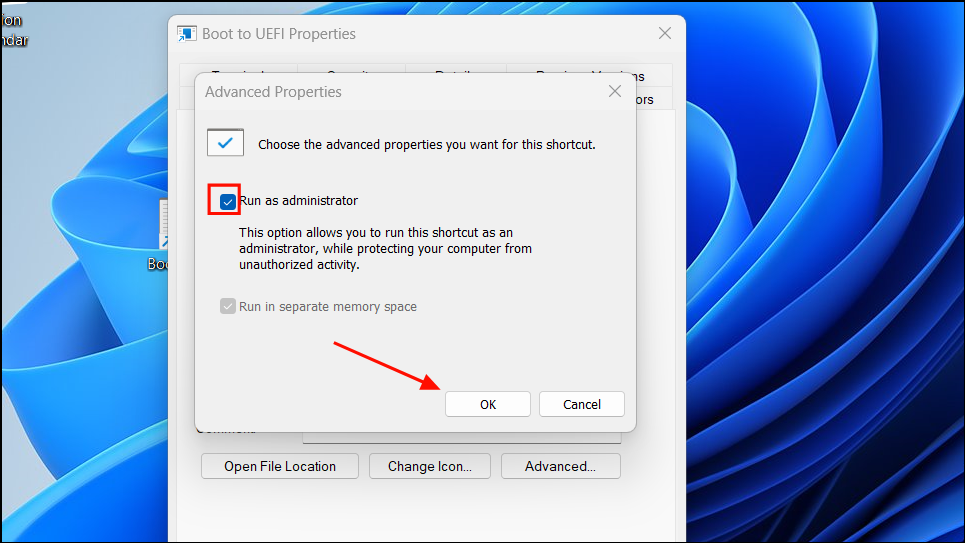
Step 7: Click 'Apply' and then 'OK' to save the changes.

Step 8: Double-click the shortcut whenever you need to access the UEFI settings. Your system will restart and take you directly to the UEFI menu.
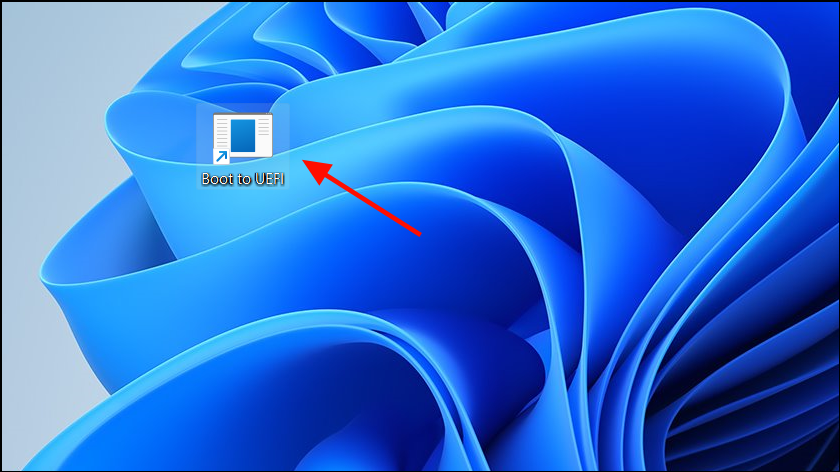
Clearing the CMOS Settings
Resetting the CMOS (Complementary Metal-Oxide-Semiconductor) can help if you're still unable to access UEFI settings. This process resets your BIOS to its default settings.
Step 1: Shut down your PC and disconnect it from the power source.
Step 2: Open your computer case to access the motherboard. This may require a screwdriver to remove the screws.
Step 3: Locate the CMOS battery on the motherboard. It's a small, round, silver coin-cell battery.
Step 4: Gently remove the CMOS battery by releasing the clip that holds it in place.

Step 5: Wait for about 10-15 seconds to ensure the CMOS memory is cleared.
Step 6: Reinsert the battery into its slot, making sure it's securely in place.
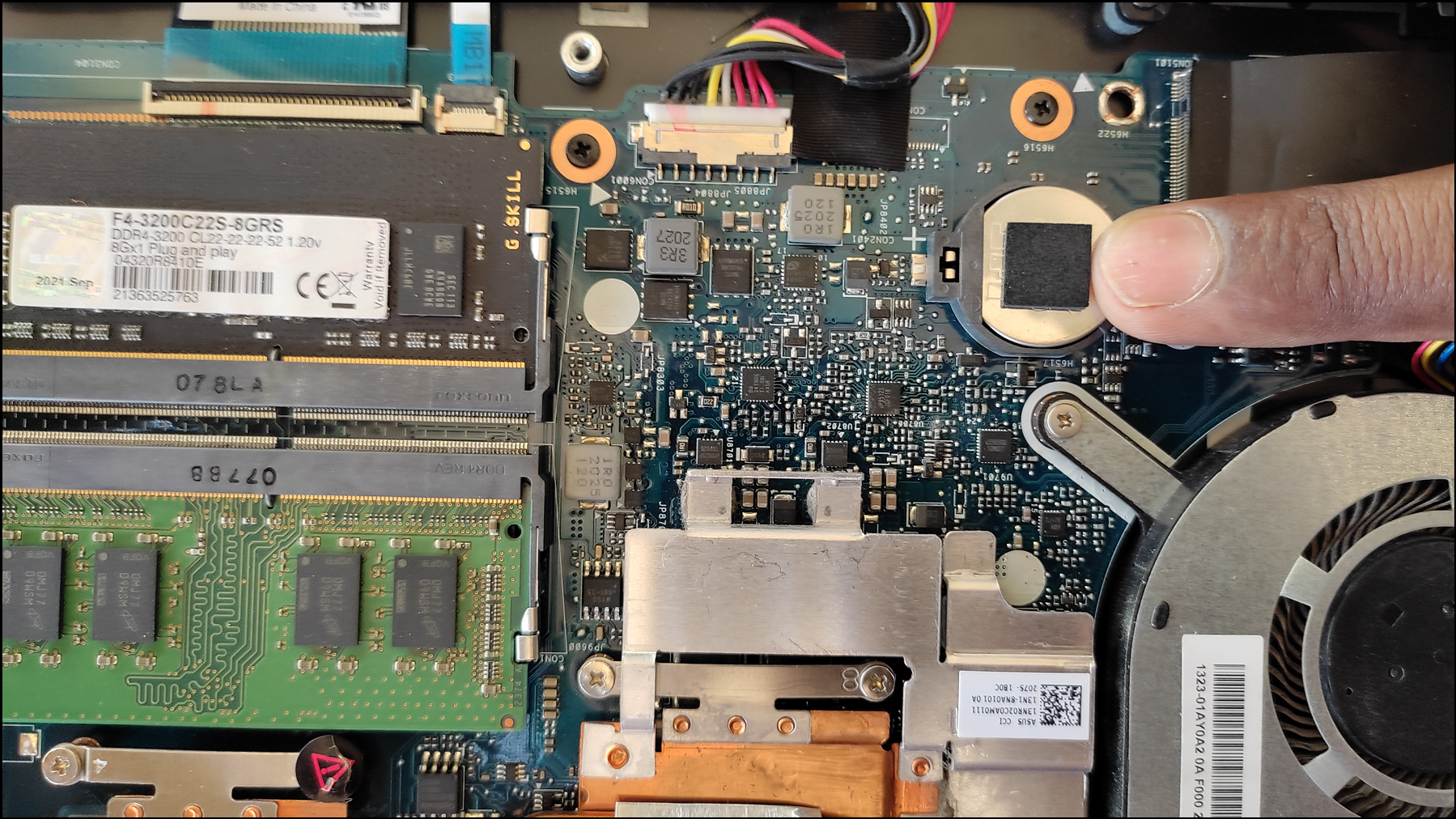
Step 7: Close the computer case, reconnect all cables, and power on your PC. You should now be able to access the UEFI settings.
Additional tips:
- Some motherboards have a 'Clear CMOS' button or jumper that can reset the BIOS without removing the battery.
- Refer to your motherboard's manual for specific instructions related to clearing CMOS settings.
Change BIOS from Legacy to UEFI by Converting MBR Drive to GPT Drive
If your system is using Legacy BIOS mode with an MBR partitioned disk, converting the disk to GPT can enable UEFI mode.
Step 1: Back up your important data to prevent potential data loss during the conversion process.
Step 2: Confirm your disk's partition style. Right-click the Start menu and select 'Disk Management'. Right-click your system disk (Disk 0) and select 'Properties'. Under the 'Volumes' tab, check the 'Partition style'.
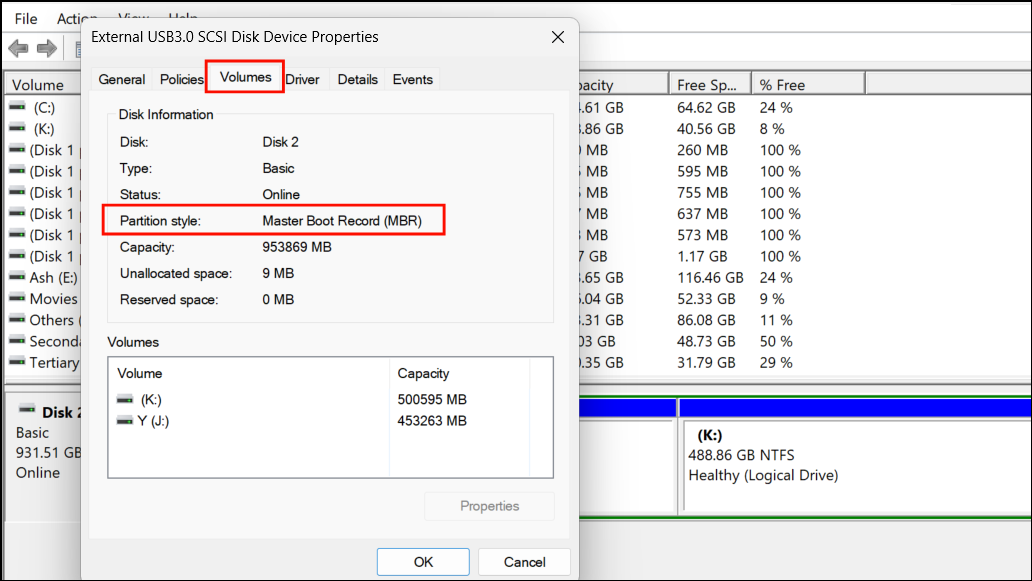
Step 3: If the partition style is 'Master Boot Record (MBR)', you can convert it to 'GUID Partition Table (GPT)' using the MBR2GPT.exe tool.
Step 4: Restart your PC into recovery mode by holding the Shift key while clicking 'Restart' in the Start menu.
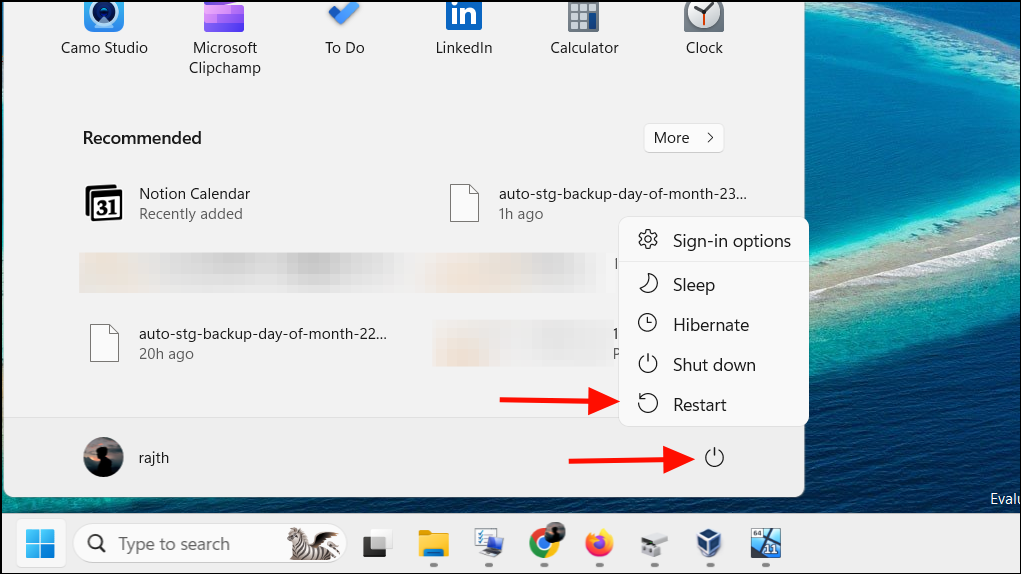
Step 5: In the recovery environment, select 'Troubleshoot', then 'Advanced options', and click on 'Command Prompt'.
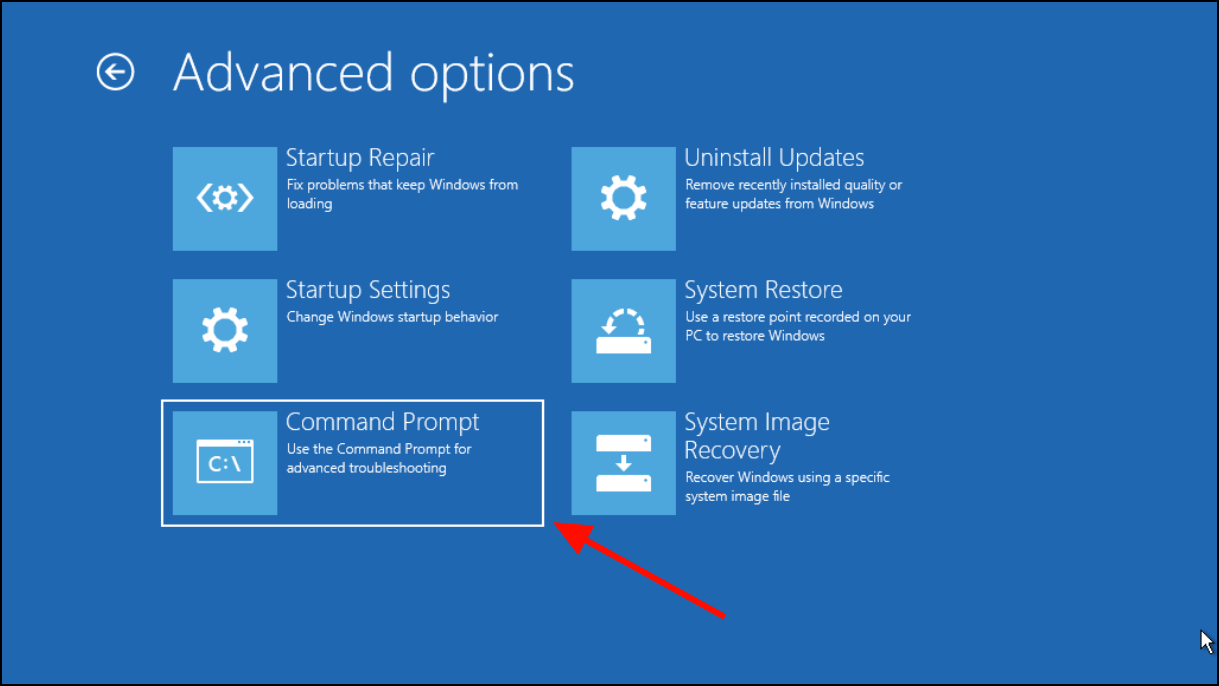
Step 6: In the Command Prompt, validate the disk by typing:
mbr2gpt /validate /disk:0 /allowfullosReplace 0 with your disk number if it's different.
Step 7: If validation is successful, proceed with the conversion:
mbr2gpt /convert /disk:0 /allowfullosStep 8: Once the conversion is complete, restart your computer. Access your BIOS settings to change the boot mode from Legacy BIOS to UEFI.

By following these methods, you should be able to regain access to the UEFI Firmware Settings on your Windows 11 PC. Always ensure to back up your data before making significant system changes.












Member discussion